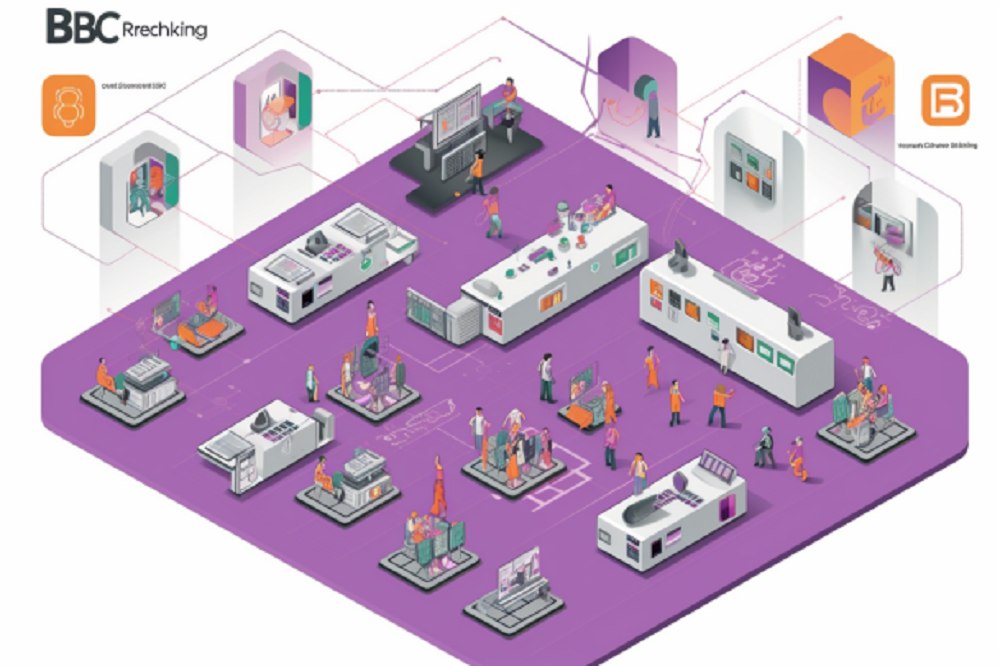Fungible tokens leveraging Bitcoin capabilities have been on the rise in recent months, paving the way for the emergence of the BRC-20 Token Standard. The asset is tailor-made to integrate with the Bitcoin network seamlessly.
These fungible tokens, characterized by their interchangeable nature and equal value, have experienced a remarkable surge in popularity among other cryptocurrencies. Furthermore, the rise of the BRC-20 standard signifies a new era of enhanced functionality and interoperability, catering to the growing demand for efficient and versatile tokenization on the Bitcoin platform.
What Is BRC-20 Token Standard?
Introduced as an experimental fungible token standard exclusively for the Bitcoin blockchain, the BRC-20 token standard was created by the pseudonymous developer, Domo. Even though Domo launched it in early March 2023, this standard remains a topic for debate among enthusiasts.
It is engineered to facilitate the seamless generation and exchange of fungible tokens. The BRC-20 standard operates through the ordinals protocol.
Popular digital assets like Vmpx, Ordi, and Pepe have garnered substantial popularity within the burgeoning BRC-20 token ecosystem, underscoring the standard’s growing influence in Bitcoin-based digital assets. The token significantly differs from its ERC-20 counterpart in that it does not rely on smart contracts but instead depends on the ordinals inscription.
Since January 2023, when the software developer Casey Rodarmor launched the ordinals protocol, Bitcoin ordinals inscription has received massive support within the Bitcoin ecosystem. It differs from the smart contract-powered TRC-20, BEP-20, and ERC-20 as the BRC-20 standard functions under a unique operational framework.
However, in terms of programming, ordinals are less versatile than smart contracts. While ordinals are primarily confined to token minting and transfers, smart contracts’ vast possibilities extend far beyond these limitations.
Pros Of BRC-20 Tokens
Compatibility: The main advantage of the BRC-20 token standard is that it is compatible with Bitcoin ordinals and can be seamlessly integrated within the network. Thus, this enables the system to grow because of its leverage of the network’s widespread usage.
Simplified Approach: Distinguished by its user-friendly tokenization mechanism, the BRC-20 token standard presents a streamlined approach that sets it apart from other systems reliant on complex smart contracts. By not being subject to the complexities associated with smart contract configurations, the BRC-20 standard ensures simplicity and accessibility for users.
Robust Security: Renowned as one of the industry’s most secure chains, the BRC-20 token standard leverages the inherent robustness of the Bitcoin blockchain. The decentralized nature of the blockchain, its advanced algorithmic technologies, and the reliable proof-of-work consensus mechanism collectively contribute to fortifying the overall security of the BRC-20 token system.
Room For Growth: With more projects embracing the BRC-20 standard, the prospects of additional innovation and use cases are expected to rise. Additionally, the expanding user base is predicted to attract developers, users, and investors to the ecosystem, thus making the BRC-20 tokens standard widely used in the future.
Cons
No Smart Contract Features: Unlike other standard tokens like the ERC-20, the BRC-20 standard does not support smart contracts. This limitation reduces the number of capable chains supporting the tokens on the BRC-20 standard.
Overdependence on the Bitcoin Network: Aligned with the Bitcoin blockchain, the BRC-20 standard operates within the network’s inherent constraints, which present notable challenges. As the network encounters scaling limitations and transactions experience slower speeds, these issues become particularly pronounced for the BRC-20 standard.
With the increasing utilization and subsequent congestion, these challenges are poised to become more prominent, necessitating innovative solutions to mitigate the impact on the overall functionality of the BRC-20 network.
Limited Interoperability and Utility: It was developed for a specific purpose; the BRC-20 token standard was intricately designed to operate seamlessly within the Bitcoin blockchain ecosystem. While its compatibility within the Bitcoin network is a strength, it poses interoperability challenges for users seeking to leverage alternative blockchain systems.
Nevertheless, the BRC-20 standard excels because it is tailored with a specific focus on tokenizing fungible assets. However, its suitability diminishes when tokenizing non-fungible assets or implementing intricate token features, such as tokenized ownership rights or conditional transfers.
